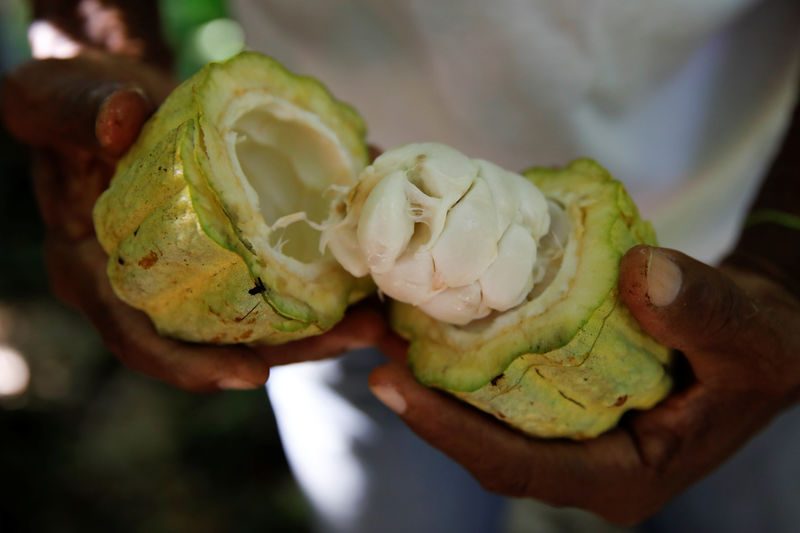Cocoa futures in New York rose to unprecedented levels as the market faces persistent supply concerns. Rising costs are expected to increase financial pressure on both chocolate producers and consumers.
Earlier this year, the price of the commodity had risen sharply due to poor harvests in West Africa, a key region for cocoa production, leading to a supply shortage for the third year in a row.
The recent price increase is fueled by adverse weather conditions that threaten to further damage the region’s crops and hamper efforts to replenish low global cocoa supplies.
The situation has been exacerbated by the rising costs for traders to maintain their positions in the market. These financial pressures have resulted in a significant drop in open interest to a decade low starting in November, indicating fewer traders are betting on cocoa futures. This decline in market participation could potentially lead to greater price volatility in the future.
On Monday, the most actively traded cocoa contract rose 4.1% to $11,768 per tonne. Since the beginning of 2024, cocoa futures prices have more than doubled, affecting major chocolate manufacturers, including Hershey Co (NYSE:)., to increase their product prices to cope with the higher costs.
Cocoa supply problems have been exacerbated by long-term structural problems within the industry, such as crop diseases and the historically low wages paid to farmers.
In addition, cocoa trees newly planted will take several years to mature and produce pods, meaning that a significant increase in production will take some time to occur.
This article was produced with the support of AI and reviewed by an editor. For more information see our General Terms and Conditions.


